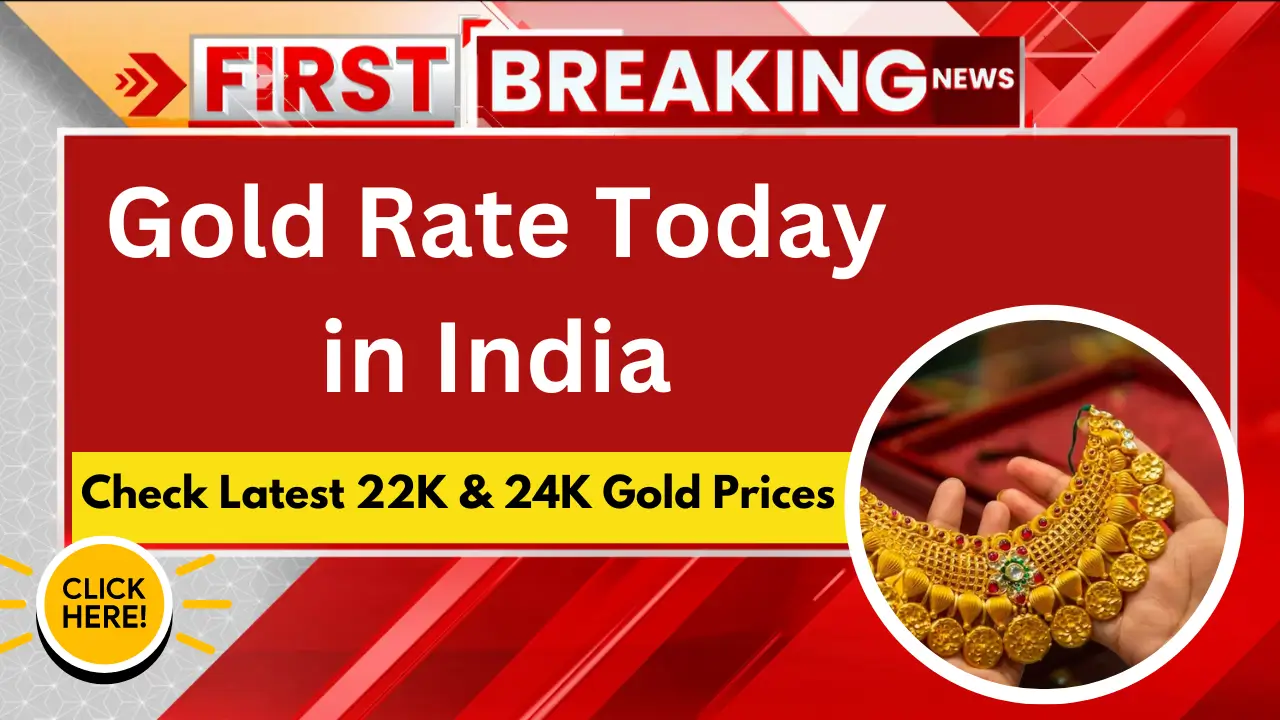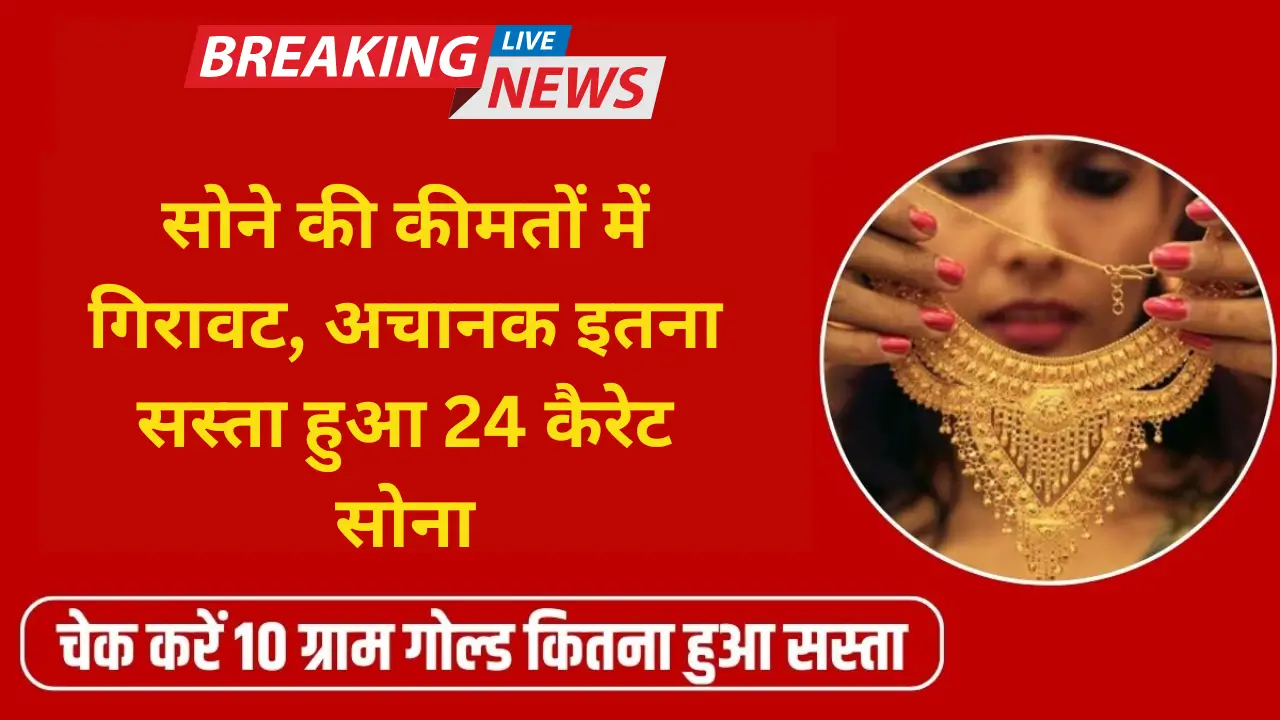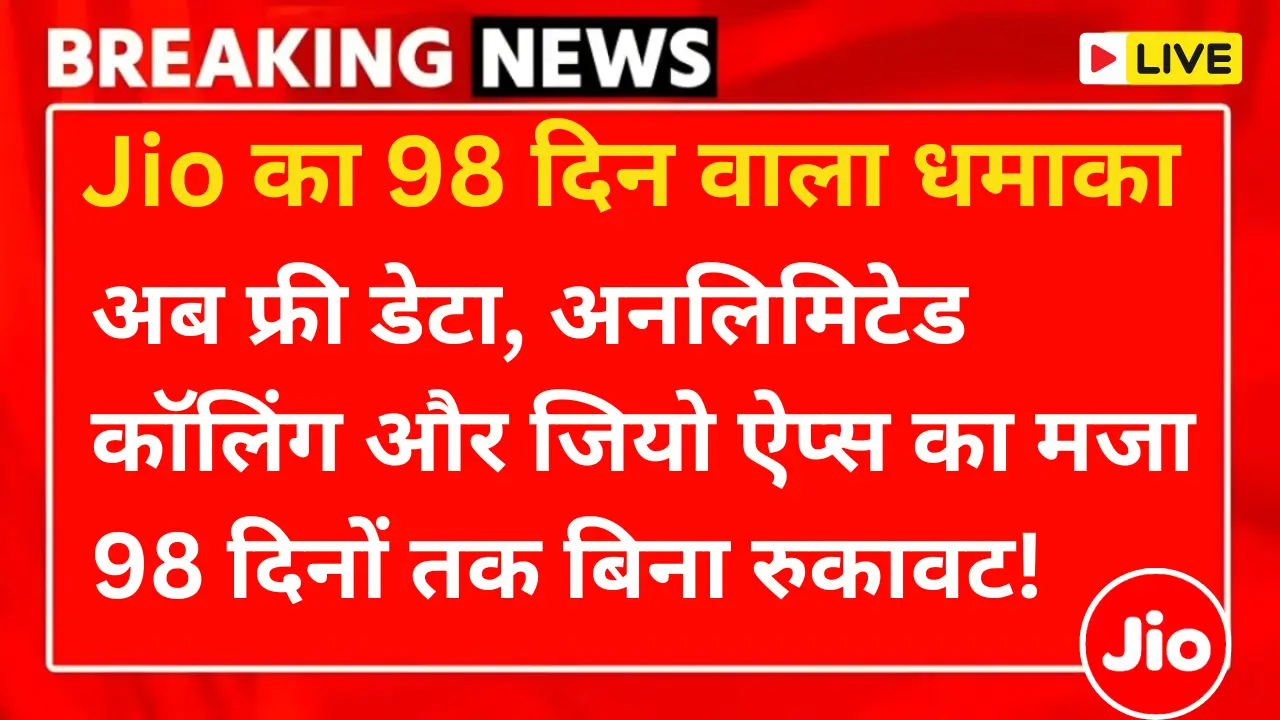Gold has long been a symbol of wealth and prosperity in India, deeply ingrained in the country’s culture and economy. As one of the world’s largest consumers of gold, India’s gold market is closely watched by investors, jewelers, and consumers alike.
The price of gold in India fluctuates daily based on various domestic and international factors, making it crucial for potential buyers and investors to stay informed about the latest gold rates. This article provides a comprehensive overview of the current gold rates in India for both 22 and 24 carat gold, along with insights into the factors influencing these prices and historical trends.
In recent years, gold has gained renewed importance as a safe-haven asset, particularly during times of economic uncertainty. The COVID-19 pandemic and subsequent global economic challenges have further highlighted gold’s role as a store of value.
As such, understanding the dynamics of gold prices in India is not only relevant for those looking to purchase gold jewelry but also for investors seeking to diversify their portfolios and protect their wealth against inflation and market volatility.
Current Gold Rates in India
As of September 22, 2024, the gold rate in India for 22 carat gold is ₹6,625 per gram, while 24 carat gold is priced at ₹7,228 per gram. These prices can vary slightly across different cities due to factors such as local taxes and demand. Here’s a breakdown of gold prices for various quantities:
22 Carat Gold Prices
| Quantity | Price |
| 1 gram | ₹6,625 |
| 8 grams | ₹53,000 |
| 10 grams | ₹66,250 |
| 100 grams | ₹6,62,500 |
24 Carat Gold Prices
| Quantity | Price |
| 1 gram | ₹7,228 |
| 8 grams | ₹57,824 |
| 10 grams | ₹72,280 |
| 100 grams | ₹7,22,800 |
It’s important to note that these prices are subject to change on a daily basis and can fluctuate throughout the day based on market conditions.
Factors Affecting Gold Rates in India
- International Gold Prices: As a major importer of gold, India’s domestic prices are significantly impacted by global gold rates.
- Exchange Rates: The value of the Indian Rupee against the US Dollar affects gold prices, as gold is typically priced in USD internationally.
- Inflation: Gold is often seen as a hedge against inflation, with prices tending to rise during periods of high inflation.
- Interest Rates: Lower interest rates generally make gold more attractive as an investment, potentially driving up prices.
- Demand and Supply: Seasonal demand, particularly during festivals and wedding seasons, can cause short-term fluctuations in gold prices.
- Government Policies: Import duties, taxes, and regulations on gold can impact its price in the domestic market.
- Economic and Political Uncertainty: Global economic conditions and geopolitical events can drive investors towards gold as a safe-haven asset, affecting its price.
Historical Gold Price Trends in India
Understanding historical gold price trends can provide valuable context for current rates. Here’s a look at the average gold prices (24 carat) per 10 grams in India over the past decade:
| Year | Average Gold Price (24 carat per 10 grams) |
| 2023 | ₹64,490 |
| 2022 | ₹52,670 |
| 2021 | ₹48,720 |
| 2020 | ₹48,651 |
| 2019 | ₹35,220 |
| 2018 | ₹31,438 |
| 2017 | ₹29,667 |
| 2016 | ₹28,623 |
| 2015 | ₹26,343 |
| 2014 | ₹28,006 |
This data shows a general upward trend in gold prices over the years, with significant increases observed during global economic uncertainties, such as the COVID-19 pandemic in 2020.
Regional Variations in Gold Prices
Gold prices can vary slightly across different cities in India due to factors such as local taxes, transportation costs, and regional demand. Here’s a comparison of gold rates in major Indian cities as of September 22, 2024:
| City | 22K Gold (per gram) | 24K Gold (per gram) |
| Chennai | ₹6,685 | ₹7,293 |
| Mumbai | ₹6,625 | ₹7,228 |
| Delhi | ₹6,640 | ₹7,242 |
| Kolkata | ₹6,625 | ₹7,228 |
| Bangalore | ₹6,625 | ₹7,228 |
| Hyderabad | ₹6,625 | ₹7,228 |
| Kerala | ₹6,625 | ₹7,228 |
| Pune | ₹6,625 | ₹7,228 |
Understanding Gold Purity
When purchasing gold, it’s crucial to understand the different levels of purity:
- 24 Carat Gold: This is the purest form of gold, containing 99.9% gold with no other metals added.
- 22 Carat Gold: Contains 91.7% gold, with the remaining 8.3% composed of other metals to increase durability.
- 18 Carat Gold: Contains 75% gold, making it less pure but more affordable and durable for jewelry.
The choice between these purities often depends on the intended use, with 24 carat gold being preferred for investment purposes and 22 carat gold being popular for jewelry due to its better durability.
Gold as an Investment
Gold has traditionally been viewed as a safe investment option in India, particularly during times of economic uncertainty. Here are some key points to consider when investing in gold:
- Physical Gold: This includes gold coins, bars, and jewelry. While tangible, it requires secure storage and may incur making charges.
- Gold ETFs: These are exchange-traded funds that track gold prices, offering a way to invest in gold without physical possession.
- Sovereign Gold Bonds: Government-issued bonds denominated in grams of gold, offering interest in addition to gold price appreciation.
- Digital Gold: Allows investors to buy, sell, and store gold digitally, often with the option to convert to physical gold.
Each option has its pros and cons, and the choice depends on individual investment goals and risk tolerance.
Impact of Gold Prices on the Indian Economy
The gold market plays a significant role in the Indian economy:
- Import Bill: As a major gold importer, high gold prices can increase India’s import bill, potentially affecting the trade balance.
- Jewelry Industry: Fluctuations in gold prices directly impact the jewelry industry, a significant employer in India.
- Rural Economy: Gold is an important asset for rural households, with price changes affecting their wealth and spending patterns.
- Banking Sector: Gold loans are a popular financial product, with gold prices influencing loan-to-value ratios and overall lending.
Future Outlook for Gold Prices in India
Predicting future gold prices is challenging due to the many factors involved. However, several trends and factors may influence gold prices in the coming years:
- Global Economic Recovery: The pace and strength of the global economic recovery post-pandemic could impact gold demand.
- Inflation Concerns: Persistent inflation fears may drive investors towards gold as a hedge.
- Central Bank Policies: Monetary policies, particularly interest rate decisions, will continue to influence gold prices.
- Geopolitical Tensions: Any increase in global tensions could boost gold’s safe-haven appeal.
- Technological Advancements: Innovations in gold mining and recycling could affect supply dynamics.
Conclusion
Understanding gold rates in India requires considering a complex interplay of domestic and international factors. As of September 22, 2024, 22 carat gold is priced at ₹6,625 per gram, while 24 carat gold stands at ₹7,228 per gram. These prices reflect the culmination of various economic, political, and market forces at play.
For consumers and investors alike, staying informed about current gold rates and the factors influencing them is crucial for making informed decisions. Whether purchasing gold for personal use or as an investment, considering factors such as purity, regional price variations, and long-term price trends can help in making optimal choices.
As India continues to be a major player in the global gold market, the dynamics of gold pricing will remain an important aspect of the country’s economic landscape. By staying informed and understanding these dynamics, individuals can better navigate the gold market, whether for personal adornment, cultural significance, or investment purposes.



